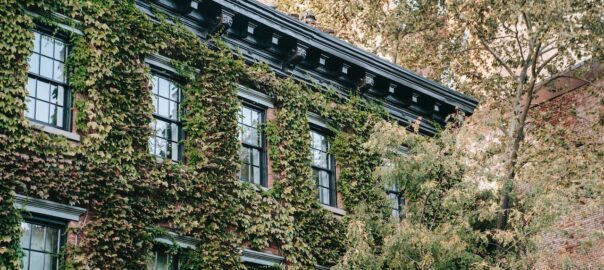Green infrastructure refers to a network of natural and semi-natural spaces, features, and systems that work together to address urban and climatic challenges by incorporating nature into the built environment. By integrating green spaces, trees, wetlands, green roofs, permeable surfaces, and other elements, green infrastructure offers a multifaceted approach to urban planning that enhances resilience, improves quality of life, and mitigates the impacts of climate change. This innovative concept harnesses the power of nature to build a sustainable future.
The Concept of Green Infrastructure
Green infrastructure represents a shift in urban planning and design towards incorporating nature as an integral part of built environments. It emphasizes the preservation, creation, and restoration of natural features and processes within urban landscapes. Green infrastructure offers a range of benefits, including stormwater management, climate regulation, biodiversity conservation, improved air quality, and enhanced human well-being.
Stormwater Management and Flood Prevention
One of the primary functions of green infrastructure is effective stormwater management. Natural features such as green roofs, rain gardens, bioswales, and constructed wetlands help absorb and filter rainwater, reducing the strain on conventional drainage systems. By slowing down and storing stormwater, green infrastructure mitigates the risk of urban flooding and helps maintain water quality.
Climate Change Mitigation and Adaptation
Green infrastructure plays a vital role in both mitigating and adapting to the impacts of climate change. Trees and vegetation sequester carbon dioxide, reducing greenhouse gas emissions and mitigating the urban heat island effect. Green spaces provide shade, cooling urban areas and reducing energy consumption. By enhancing urban resilience, green infrastructure helps cities cope with extreme weather events, heatwaves, and rising temperatures.
Biodiversity Conservation and Habitat Creation
Green infrastructure creates opportunities to conserve and enhance biodiversity within urban environments. Green spaces, urban forests, and native plantings provide habitats for wildlife, supporting local ecosystems and promoting biodiversity. By connecting green areas, green infrastructure enables the movement of species and facilitates ecological corridors, promoting biodiversity conservation in urban settings.
Improved Air and Water Quality
The incorporation of green infrastructure elements contributes to improved air and water quality. Trees and vegetation help remove air pollutants and filter particulate matter, reducing air pollution and improving respiratory health. Natural features and green spaces act as filters, removing pollutants and enhancing water quality in rivers, lakes, and groundwater.
Community Engagement and Benefits
Green infrastructure engages communities and offers numerous social and economic benefits. Access to green spaces enhances physical and mental well-being, providing opportunities for recreation, relaxation, and social interaction. Green infrastructure projects also create jobs, stimulate local economies, and enhance property values. By involving local communities in planning and implementation, green infrastructure projects can foster a sense of ownership and social cohesion.
Conclusion
Green infrastructure represents a transformative approach to urban planning and design, integrating nature as a solution to urban and climatic challenges. By incorporating green spaces, trees, wetlands, and other natural elements, green infrastructure enhances resilience, mitigates climate change impacts, conserves biodiversity, and improves human well-being. Embracing this concept enables us to build sustainable, livable cities that prioritize the coexistence of nature and urban development. By investing in and implementing green infrastructure strategies, we can create a resilient future where nature thrives, and communities thrive alongside it.
